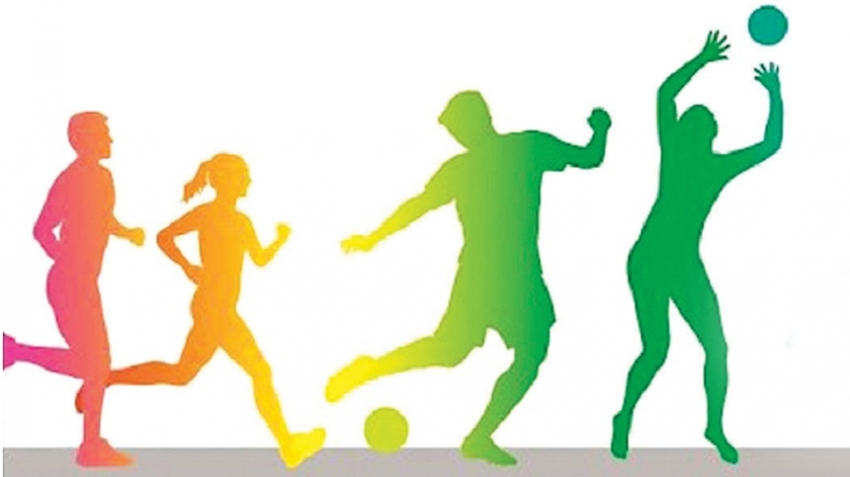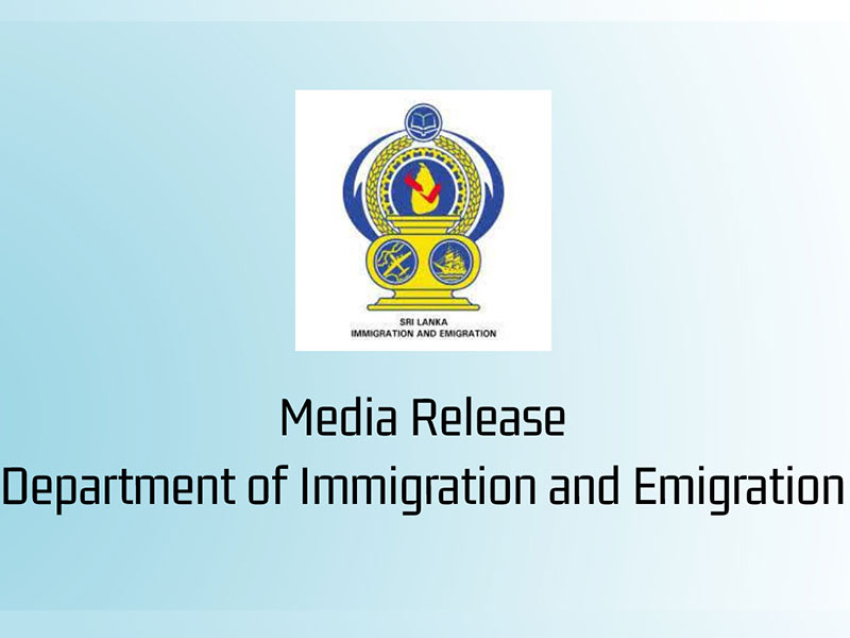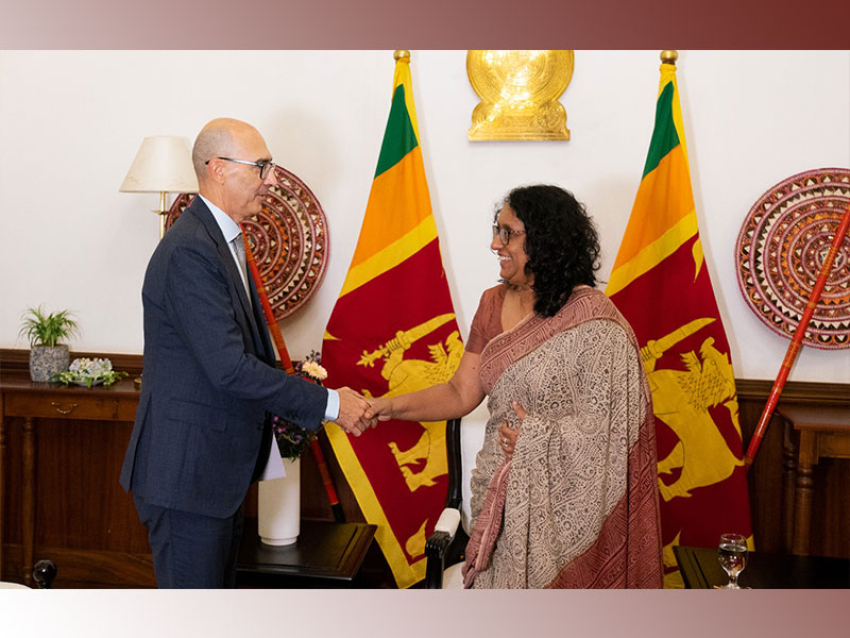Physical activity can be defined as any daily movement of the body and exists on a continuum ranging from frank inactivity to constant movement. Physical activity consists of numerous types of activity such as household tasks, occupational tasks, leisure activity, sports and caregiving duties.
Physical activity is a well-known and modifiable lifestyle determinant for multiple health outcomes. The population attributable risk increases significantly for several chronic diseases such as stroke (24.3 percent), hypertension (13.8 percent), and Type 2 diabetes (21.1 percent) due to physical inactivity and the risk for hypertension (34 percent), and Type 2 diabetes (28.6 percent) increases even more due to obesity. The globalisation of unhealthy lifestyles and increasing sedentary behaviour have undoubtedly contributed to exercise and cardiometabolic disorders. It is estimated that approximately 3.2 million deaths worldwide each year are attributable to insufficient physical activity.
Situation in Sri Lanka
The Non-Communicable Disease Risk Factor Survey Sri Lanka - 2015 found that 22.5 percent of males and 38.4 percent of females did not indulge in 150 minutes of physical activity per week. Over 50 percent (more than 9.5 million adults) of Sri Lankan adults are either inactive or have low levels of physical activity.
According to the analysed data given above from the Non-Communicable Disease Risk Factor Survey Sri Lanka – 2015, physical inactivity was identified more among women than men with higher prevalence among the age groups, 60-69 years and 18-29 years.
The survey further described the estimated prevalence of physical inactivity in adults, while at work or during transport. Nearly 34 percent of men and 45 percent of women were estimated to be not having recommended physical activity during work. In 43 percent of men and 46 percent of women, the transport mechanism did not include any physical activity.
It is important to highlight that most of the adults (86.6 percent) were estimated to be not engaged in recreation-related physical activities such as walking, hiking, camping, cycling, rafting, rock climbing, running and sailing, including 94.1 percent women and 79.3 percent men. Major contribution (61.5 percent) for physical activity was from activities carried out at work (63.7 percent for men and 59.2 percent for women) while travelling accounted for 30.6 percent of the total physical activity in adults (25.1 percent for men and 36.8 percent for women).
Recommendation of WHO
The World Health Organization (WHO) has recommended the following levels of physical activity to maintain a healthy life. The recommendations are as follows.
Throughout a week, including activity for work, during transport and leisure time, adults should do at least,
* 150 minutes of moderate-intensity physical activity or
* 75 minutes of vigorous-intensity physical activity.
Guidelines in Sri Lanka
Sri Lanka has its own Physical Activity and Sedentary Behaviour Guidelines for Sri Lankans published in 2018. This guideline is science-based guidance to help Sri Lankans aged five and older to improve their health through appropriate physical activity and prevent them from unnecessary risk.
According to the guideline, the goal of the Sri Lankan government is to mobilise one million inactive people by 2020. It also provides information about the benefits of being physically active, as well as ways to move more every day. The Physical Activity and Sedentary Behaviour Guidelines for Public Discussion Sri Lanka PDF can be downloaded from the Health Ministry website.
Guidelines
The guideline is simple and user-friendly. Instructions were given in age categories. Some of the important points under each category are mentioned below.
1. Children (5–10 years)
Children aged 5–10 years should accumulate at least 60 minutes (one hour) or more of moderate (e.g., bike riding and playground activities) or vigorous (e.g., running and swimming) intensity physical activity daily, including activities that strengthen muscles and bones at least three days per week.
Aerobic: Sixty or more minutes a day should be either moderate-vigorous intensity aerobic physical activity.
Muscle and bone-strengthening: As part of their 60 or more minutes of daily physical activity, children should include muscle and bone-strengthening physical activity on at least three days of the week.
It is important not to spend more than two hours watching TV, on the computer and on video games per day.
2. Adolescents (11–19 years)
For health benefits, adolescents aged 11–19 years should accumulate at least 60 minutes of moderate-vigorous intensity physical activity daily. They should follow activities that strengthen muscles and bones at least three days per week and flexibility maintaining activities five days per week.
It is also recommended to minimise the amount of time spent on watching TV, on a computer or playing video games per day.
3. Young adults (20–34 years)
Young adults should accumulate at least 150 minutes of moderate-vigorous intensity aerobic physical activity per week. That is at least 30 minutes of physical activity on five days of the week. Young adults should also do muscle and bone-strengthening activities involving all major muscle groups on two or more days a week, as these activities provide additional health benefits.
Similar to the previous two categories, young adults should minimise the time spent being sedentary for extended periods.
4. Adults (35-64 years)
Adults should accumulate at least 150 minutes of moderate-vigorous intensity aerobic physical activity per week, that is at least 30 minutes of physical activity on five days of the week.
They should engage in neuro-motor improving physical activity two or three days a week or 60 minutes a week.
If you are not currently engaged in any physical activity, you will benefit from starting some. You can start slowly and gradually increase the amount you do.
All adults should minimise the amount of time spent being sedentary for extended periods.
5. Adults (65+)
Participating in any amount of physical activity gain some health benefits including the maintenance of good physical and cognitive function. Some physical activity is better than none, and more physical activity provides greater health benefits.
You should aim to be active daily. Activity over a week should add up to at least 150 minutes (two and a half hours) of moderate-intensity activity. One way to approach this is to perform 30 minutes on at least five days a week. You choose household activities such as gardening, playing with family members, recreational walking and walking short distances for daily needs.
If you are pregnant or delivered a child, still you need exercise. The level of activity depends on whether you were highly active before the pregnancy or not.
Healthy women who are not already highly active or doing vigorous-intensity activity should get at least 150 minutes of moderate-intensity aerobic activity a week during pregnancy and the postpartum period. Preferably, this activity should be spread throughout the week.
Pregnant women who habitually engage in a vigorous-intensity aerobic activity or who are highly active can continue physical activity during pregnancy and the postpartum period provided that they remain healthy and discuss with their healthcare provider how and when activity should be adjusted over time.
Role of genes
Various studies have tried not only to identify the presence of a genetic component, but also to target specific candidate genes in relation to physical activity. There are three key questions that scientists are interested about physical activities.
With the emerging techniques of genotyping, imputation, and next-generation sequencing, along with the increasing resources allocated to genetic studies, the ability to investigate genetics has considerably improved.
Scientists have found a relationship between some specific genes and different components of physical activity. Some of the key genes are listed below.
1. ACE - A gene for endurance
ACE gene has been found in elite endurance athletes.
2. ACTN3 - A gene for speed
ACTN3 is the most famous ‘gene for speed’.
3. ADRB2_2 - A gene for adrenaline signaling
Adrenaline is needed for fight or flight. ADRB2_2 genetic variations are associated with obesity and the effect of weight loss interventions.
4. AGT - A gene for blood pressure regulation
AGT influences angiotensinogen levels which have associations with skeletal and cardiac muscle growth.
5. AKT1 - A gene associated with aerobic exercise response
A version of this gene that is linked to better resting metabolic factors and greater increases in VO2 max (the maximum or optimum rate at which the heart, lungs, and muscles can effectively use oxygen during exercise) in response to aerobic exercise.
6. AMPD1 - A gene for energy production
AMPD1 can influence the production of ATP and is associated with recovery from exercise and endurance performance.
7. APOA2 - A gene for a response to saturated fat intake
A variation in this gene has been associated with a larger response to saturated fat intake and obesity.
8. CKM - A gene related to muscle energy
Different variants of the CKM gene, influencing natural creatine kinase levels, are found more commonly in endurance or strength athletes.
9. CNTF - A gene for nerve activity
Variations in the CNTF gene affect the levels of the CNTF protein and are associated with the gaining of strength.
10. FTO - A gene for appetite
Your genes influence your appetite, satiety (feelings of fullness) and food craving. Research suggests that carriers of a particular version of the FTO gene are biologically hardwired to eat more, feel hungry sooner and be more responsive to fatty foods.
11. MCT1 - A gene for fatigue
Variations in this gene will alter the expression of the MCT1. This will determine how quickly lactic acid accumulates during exercise.



















